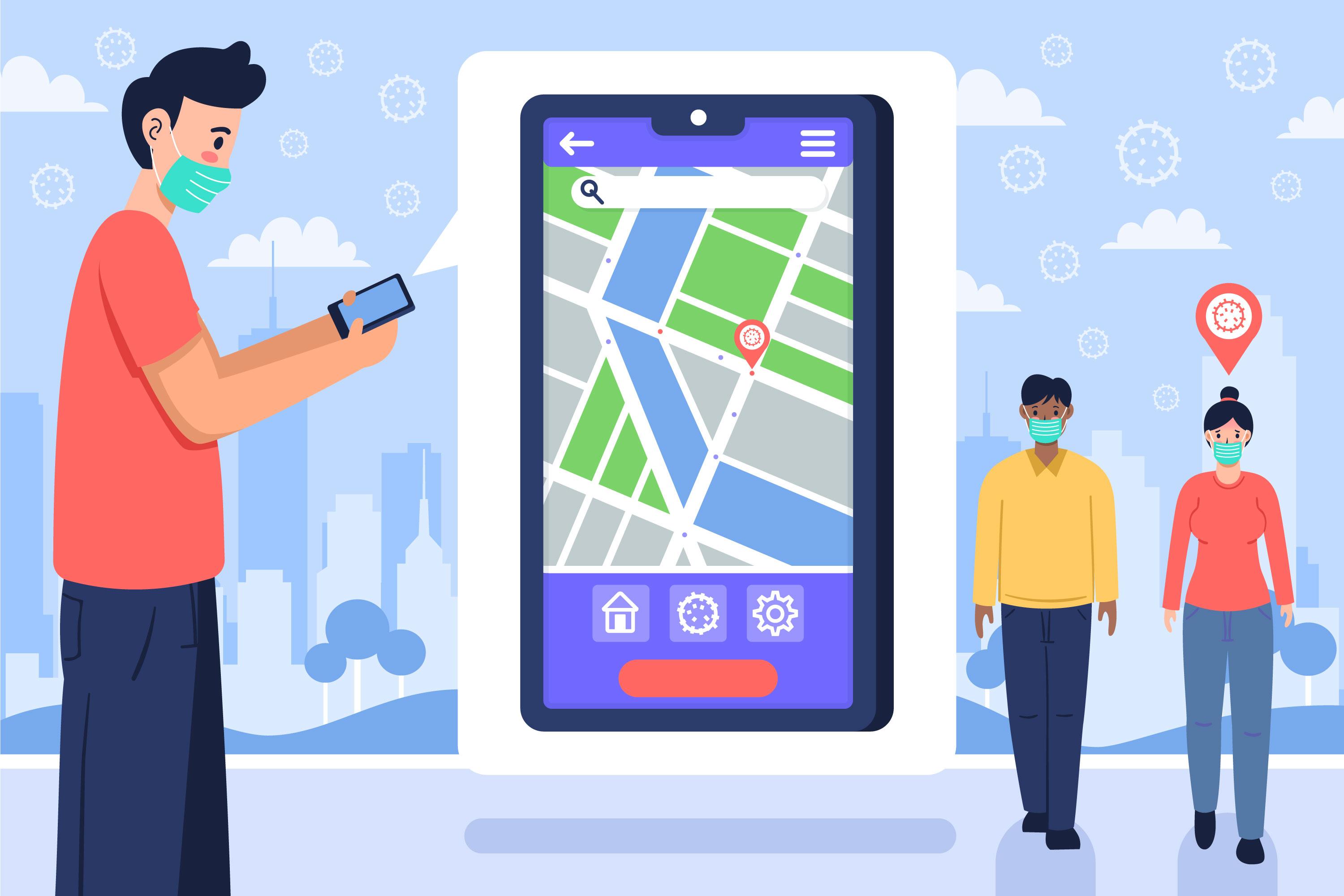AI vs. Machine Learning vs. Deep Learning: What’s the Difference?

Strong 8k brings an ultra-HD IPTV experience to your living room and your pocket.
Artificial Intelligence (AI), Machine Learning (ML), and Deep Learning (DL) are often used interchangeably, but they are not the same. These technologies are related but differ in their scope, capabilities, and use cases. Understanding the differences between them is essential for businesses, developers, and decision-makers looking to leverage their potential.
In this article, we’ll explore the distinctions and relationships among AI, ML, and DL, their real-world applications, and where each fits in the modern technology landscape.
What is Artificial Intelligence (AI)?
Artificial Intelligence is the broadest concept among the three. AI refers to the simulation of human intelligence in machines that are programmed to think, reason, learn, and perform tasks that normally require human intervention. These tasks include visual perception, speech recognition, decision-making, and language translation.
AI systems can be divided into two types:
- Narrow AI – Designed for specific tasks (e.g., virtual assistants like Siri or Alexa)
- General AI – Hypothetical machines with human-level intelligence and cognitive abilities
AI doesn’t always involve learning. For instance, a rule-based system that follows hardcoded logic is still a form of AI, even if it doesn't adapt or evolve over time.
Key applications of AI include:
- Chatbots and virtual assistants
- Fraud detection systems
- Predictive analytics
- Smart home devices
- Robotics
What is Machine Learning (ML)?
Machine Learning, a key branch of AI, allows systems to learn from data and enhance their performance without relying on explicit programming for every task. Rather than following fixed rules, these systems detect patterns and make informed decisions based on input data. Today, machine learning app development services help businesses integrate these capabilities into mobile and web applications, enabling smarter, data-driven solutions tailored to user behavior and real-time insights.
Machine Learning algorithms are typically categorized into:
- Supervised Learning – The model is trained on labeled data (e.g., email spam classification).
- Unsupervised Learning – The model finds patterns in unlabeled data (e.g., customer segmentation).
- Reinforcement Learning – The system learns by trial and error, receiving rewards or penalties (e.g., game-playing AI).
ML powers many of the intelligent systems we interact with today. Think of Netflix’s recommendation engine, Google’s search algorithms, and real-time language translation—all examples of ML in action.
What is Deep Learning (DL)?
Deep Learning is a specialized subset of Machine Learning inspired by the structure and function of the human brain. It uses neural networks—especially deep neural networks with many layers—to learn from vast amounts of data.
While traditional ML might require manual feature extraction, deep learning algorithms automatically detect and learn relevant features, making them particularly powerful for complex tasks.
Common deep learning applications:
- Image and video recognition
- Speech and voice recognition
- Natural language processing (NLP)
- Autonomous vehicles
Deep Learning requires substantial computational power and large datasets, but it also delivers superior accuracy for tasks like face recognition or language generation.
Relationship Between AI, ML, and DL
Think of the relationship like a set of nested circles:
- AI is the outermost circle, encompassing everything.
- ML sits within AI, focusing on algorithms that learn from data.
- DL is a further specialization within ML, using layered neural networks.
Every deep learning application is a machine learning application, and every machine learning application is a form of artificial intelligence. But not all AI systems use ML, and not all ML systems use DL.
Real-World Use Cases
Let’s look at how each of these technologies shows up in real-life products and services:
- AI in Healthcare: AI-powered diagnostic tools analyze symptoms and suggest possible conditions.
- ML in Finance: ML models predict stock trends or detect fraudulent transactions.
DL in Autonomous Vehicles: Deep learning enables self-driving cars to identify pedestrians, read traffic signs, and make split-second decisions.
Choosing the Right Technology for Your Project
When considering which technology to implement, businesses need to evaluate their goals, data availability, budget, and required performance.
Use AI if you need systems that simulate human decision-making or automate processes.
- Use ML if your data can reveal patterns, and you need predictive capabilities.
- Use DL if you’re dealing with unstructured data (e.g., images, audio, or text) and require high accuracy.
For example, a custom AI development company might recommend ML-based models for customer behavior prediction, while a generative AI app development company could use deep learning to build content creation tools.
The Future of Intelligent Technology
The future of AI, ML, and DL is incredibly promising. With advances in hardware, algorithm design, and data availability, intelligent systems will continue to become more capable, autonomous, and integrated into our daily lives.
We're already seeing breakthroughs like:
- AI co-pilots in software development
- Voice-controlled smart environments
- Real-time medical diagnostics
- Creative AI in music, art, and writing
As businesses increasingly seek AI software development services, the demand for tailored, efficient, and scalable solutions will grow. From enterprise automation to consumer-facing applications, the fusion of AI, ML, and DL will continue to redefine what's possible.
Conclusion
AI, Machine Learning, and Deep Learning are powerful tools, each with its strengths and ideal use cases. While they share common roots, understanding their differences helps in making informed decisions when building intelligent systems.
Note: IndiBlogHub features both user-submitted and editorial content. We do not verify third-party contributions. Read our Disclaimer and Privacy Policyfor details.







